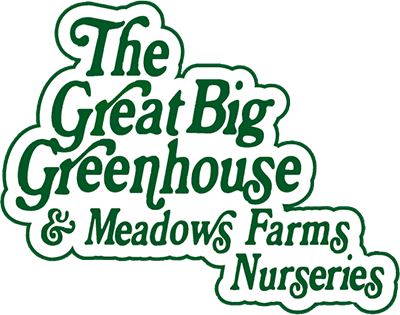I heard the term Green Deserts from a long-time customer at The Great Big Greenhouse. She was bemoaning the fact that she had a yard full of flowers, yet saw almost no bees or butterflies. She said she thought it was because she lived in the middle of a green desert.
My Green Desert
I thought about those words that night as I sat on the top step of my sidewalk and looked around my neighborhood. Green lawns, green foundation plantings, green hedges—green, green, green. I love green, you understand, but what is the fascination with lush green lawns and shrubs to the exclusion of everything else? There might be a bit of color in the spring when the azaleas used as foundation plantings bloom, and a bit of color in the summer when the obligatory crepe myrtle at the corner of the yard blooms—but that’s it.
I have a lot of flowers in my yard, but why would bees, butterflies, and hummingbirds fly over acres of nothing but green to get to them? I have a huge patch of milkweed (the only plant that Monarch butterfly caterpillars will eat), and last summer, I only saw four or five caterpillars. Because Black Swallowtail butterfly caterpillars like members of the carrot family—like parsley and dill—I plant two big pots of each. That way, if they show up, I can simply move them from my herbs to “theirs.” Last summer, I had NO caterpillars show up on either one.
Is Clover Really a Weed?
When did clover become a weed? Years ago, yards used to be a mixture of grass and white clover. I read somewhere that a company was developing a broadleaf weed killer that also killed clover, so they listed it as a weed—and we allowed them to tell us what was and wasn’t acceptable in our lawns.
Europe vs. U.S. Take on Flowers
I have a good friend who grew up in Surrey, England. She said that Europeans are really into flowers. In England, Germany, France, etc., they often have more flowers than lawn. Even people who live in little row houses with about six square feet of lawn in front often have more flowers planted than grass.
Scientists say that loss of habitat is one of the biggest problems our pollinators face. Maybe it’s something as simple as starting with our own yards.

